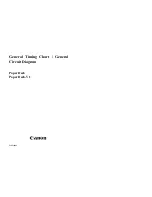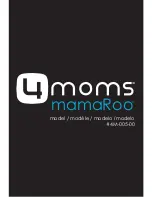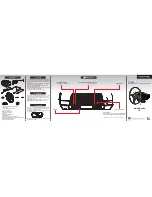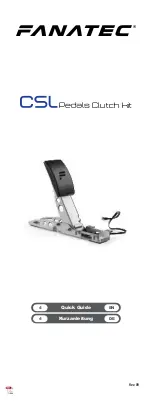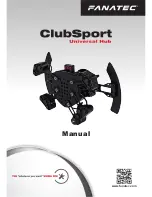
LTI TruSense S300 Series Integration Manual 3rd Edition
Page 6
Copyright © [2019] Laser Technology, Inc. All Rights Reserved. Unauthorized duplication, in whole or in part, is strictly prohibited.
Transmit Receive Lens
Left side referencing the front view as shown in the figure to the
right.
Measurement Reference
Distance measurements are from the sensor front plate to the target
as shown in the figure to the right. Note: The zero point will change
slightly due to Diffuser lens, Window (if present) and/or mounting
environment. For these reasons
a User’s
Offset can be programmed
into the TruSense to set the zero point.
Hazardous Locations
It is recommended to use the Ruggedized Housing Enclosure designed to house the S300
(see Appendix A of the document for more information). This can be mounted to an
adaptor and flange for easy installation in a tank or silo. A dust tube will attach to the
adaptor and provides an ¼ X 18 NPT access for an air tube to provide positive air
pressure inside the tube for dusty environments.
Sunlight
If installing the TruSense sensor outdoors, it is important not to allow direct sun to shine
on the sensor. Direct sun light can raise temperatures above the safe operating
temperature of the sealed TruSense sensor causing a thermal shutdown of the sensor
until sensor returns to normal operating temperatures.
4
Initial Setup Requirements
Electrical
Recommend 12 to 24 volts dc.
I/O
Default RS-232 Communication (found on all models) = 115200 baud rate, no parity, 8
data bits, 1 stop bit, no flow control.
Note: Additional I/O available, depending on model.
Mounting
Mounting slots are 4 X 3.2mm (0.13 inches), always use a washer and do not exceed 5
Inch pounds of torque when securing. Recommended bolt size is M3, or 4-40.
Alignment
To get best performance from the TruSense S3xx, it is important to setup the sensor to be as
close to 90 degrees to the liquid surface (+/-2 degrees).
There are two methods to orient the sensor to the surface of the liquid, aligning with a bubble
level or signal strength return displayed via the RS-232 communication.
1.
Bubble level alignment: During manufacturing, the TruSense laser beam is precisely
aligned to the outer body of the TruSense sensor. Placing a level on the back plate or
sides of the sensor will allow a method to assure the sensor is in the correct downward
orientation. Note: For OEM sensor the front face plate is orientated 90 degrees to the
laser beam.
2.
Signal Strength Return: This method will require a Laptop Windows computer with a
RS-232 Com Port attached to the TruSense sensor and a Terminal communication




























